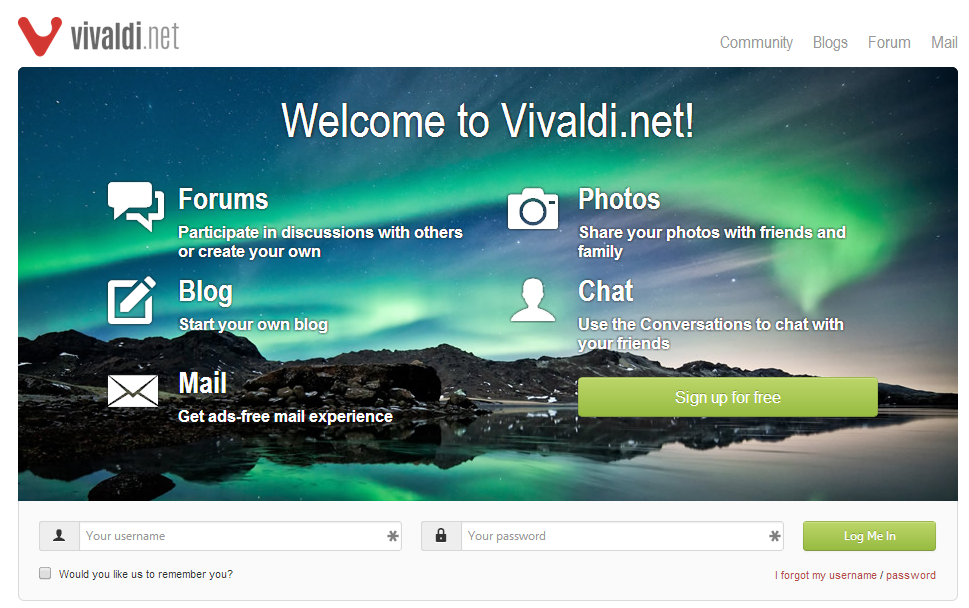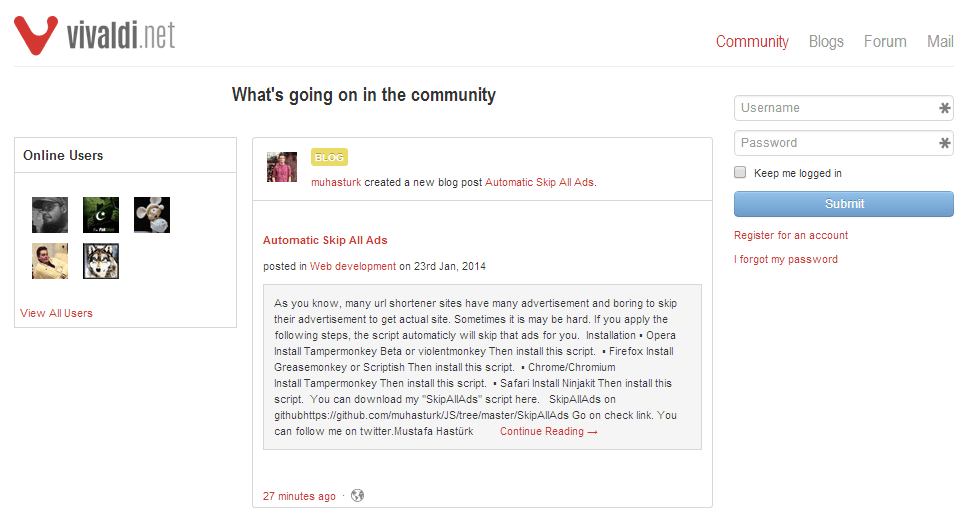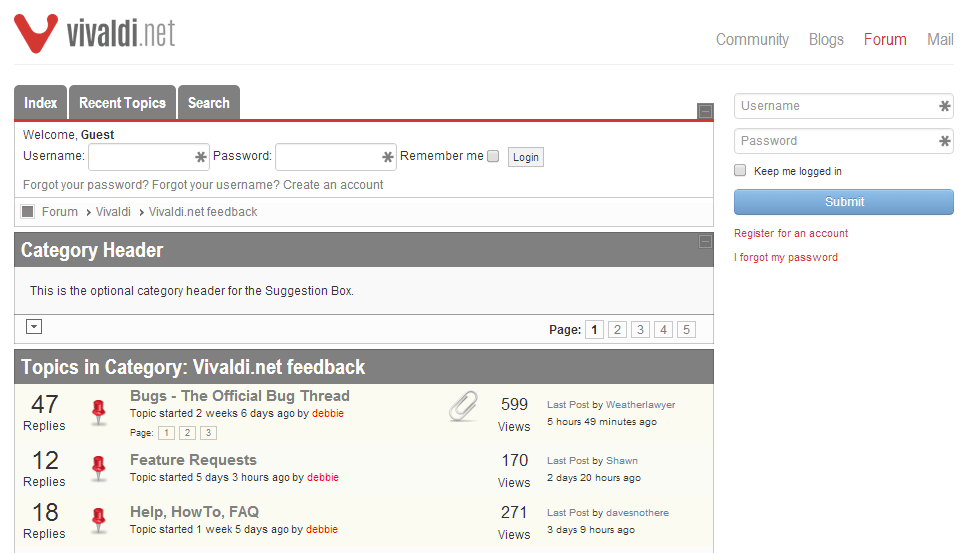
Apple is rumored to be working on an Apple TV successor, planned for release in the first half of this year according to 9to5Mac. The update would be a set-top box just like its existing model, but with improvements to the new OS and additional content types, the report claims. A separate report out today from iLounge says that Apple will introduce native gaming support to the Apple TV, along with direct support for game controllers, which currently only work via connected iOS devices.
The Apple TV is already a gaming box in that it supports AirPlay streaming of game content from iOS devices like the iPhone and iPad. Developers can build experiences that employ the Apple TV in specific ways, too, so that they can provide multi-screen gaming experience to users, as is the case with the Real Racing series. And new controllers that are supported under Apple’s MFI program and the new Bluetooth game controller API provided with iOS 7 (like the new SteelSeries Stratus which goes on sale today) will work with existing Apple TV devices, likewise through the host iOS device.
iLounge claims knowledge of an update that would add game controller support as well as direct game installation on the Apple TV themselves. 9to5Mac, however, suggests only that Apple is building new hardware to replace the current Apple TV, and suggests that a game or app store is a strong possibility for inclusion. 9to5Mac’s own-sourced rumor reporting has a very high rate of accuracy, for what it’s worth.
Apple’s existing method for getting games on the Apple TV, i.e. using connected devices and iOS software combined with AirPlay, has a number of advantages for the company in terms of promoting platform buy-in and halo purchases, and with the iOS 7 Bluetooth controller support, the combination of the two effectively becomes a home microconsole, so it’s unclear how much the company would have to gain by building support for Bluetooth HID gaming hardware or game software directly into the Apple TV. A hardware refresh that updates things like streaming performance or other core parts of the Apple TV experience makes more sense in the context of these reports.
The current Apple TV last received a significant update in March, 2012, so it’s due for a refresh. Rumors of a dedicated Apple television haven’t borne fruit, and don’t look likely to do so anytime soon, but a refresh of the set-top box as an early 2014 launch makes sense in the overall picture of Apple’s hardware update cycle as a way to keep things fresh, since the company tends to favor fall for major announcements on the iPhone/iPad side of things these days.
When contacted by TechCrunch, Apple declined to comment on these reports.



































